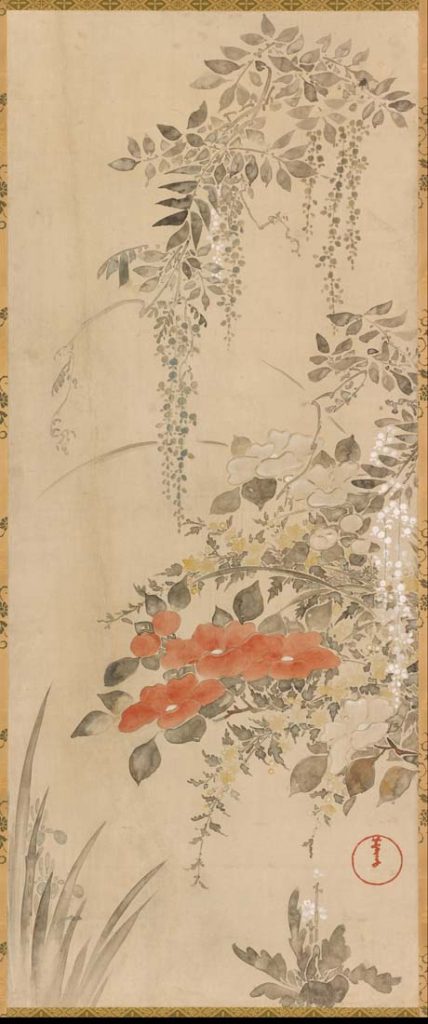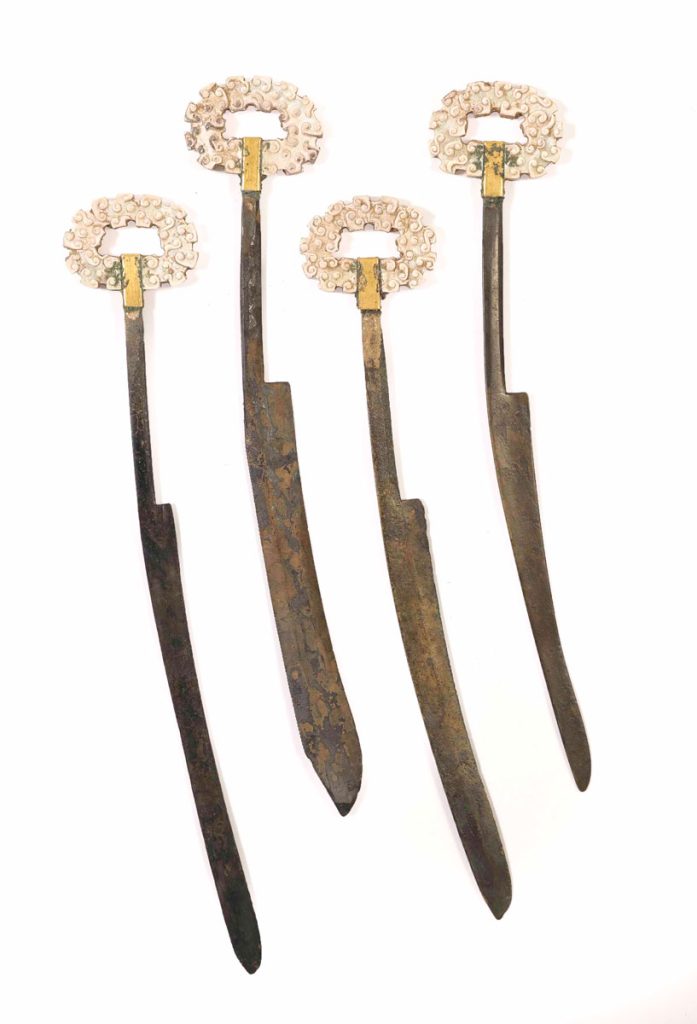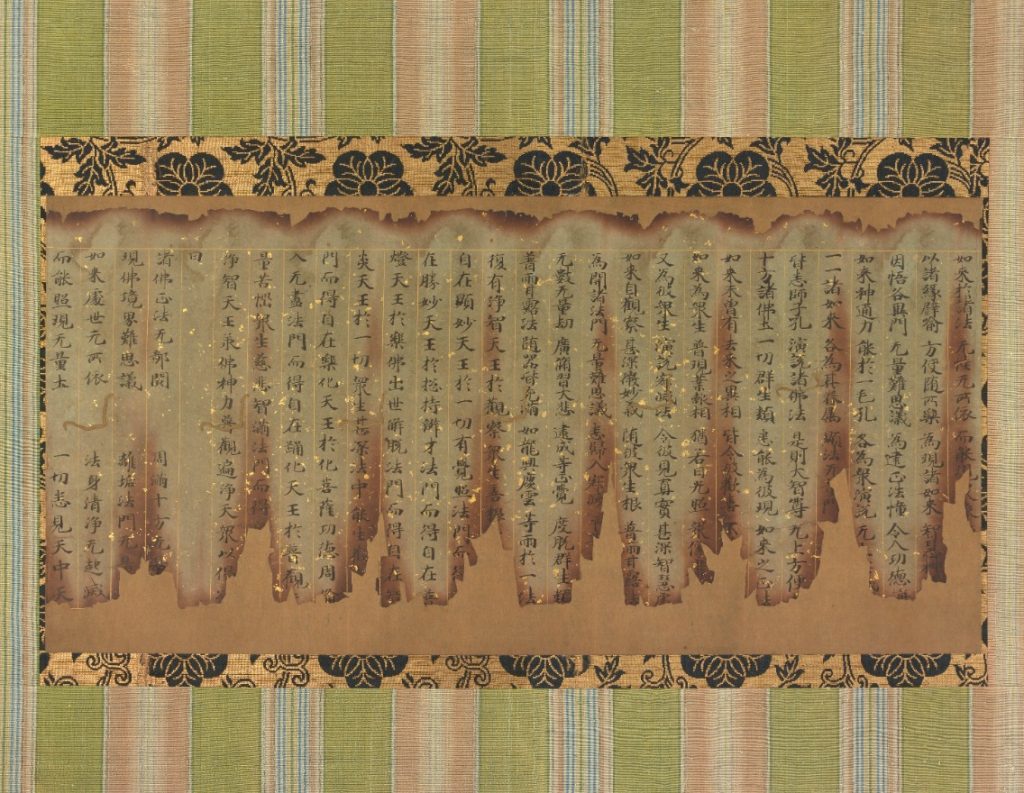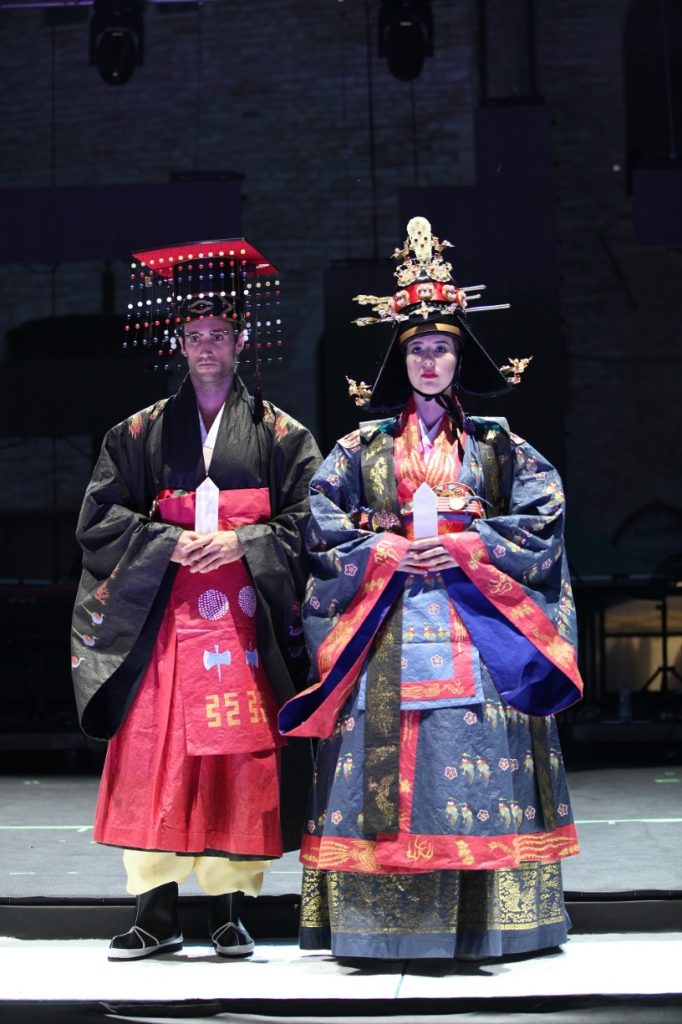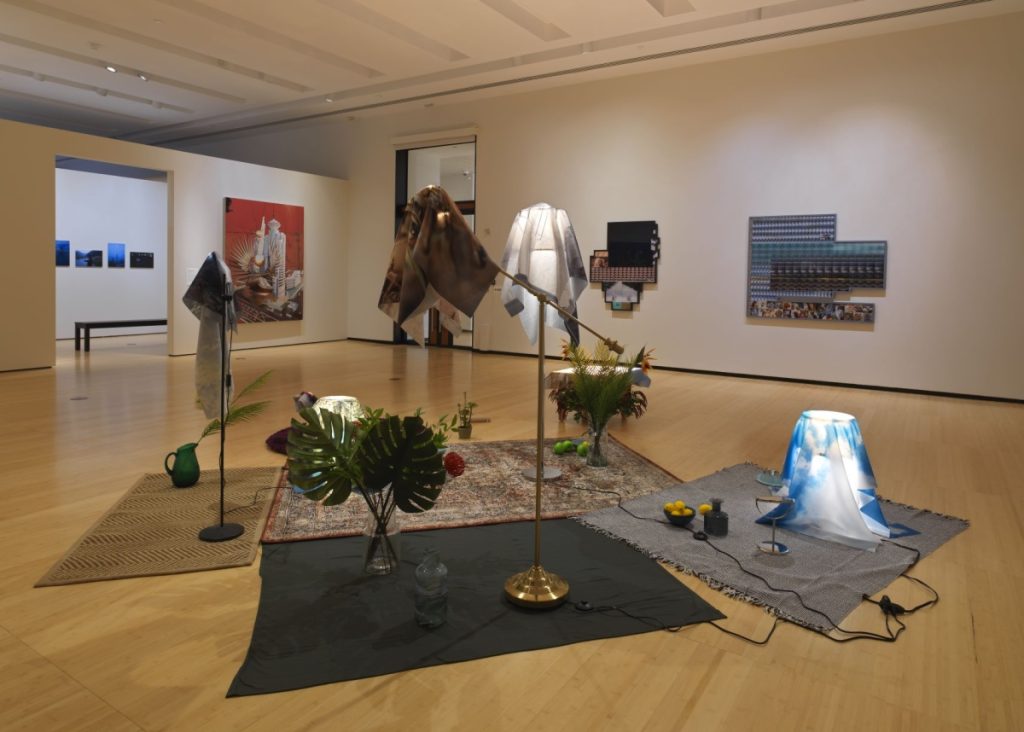Set of Four Chinese Bronze Knives with Jade Pommels, L: 10 ¼, 9 ¾, 10 1/4 and 11 1/4 in., Estimate: $60,000-90,000, Asian, Ancient, and Ethnographic Works of Art
Asian, Ancient, and Ethnographic Works of Art,
iGavel
Online auction, October 6-25
The final big event of Asia Week is iGavel’s online auction Asian, Ancient, and Ethnographic Works of Art. The first part opened for bidding on October 6th and runs until the 25th. Over 500 lots from China, Japan, Korea, and Southeast Asia represent a range of categories, including fifty Chinese archaic jades from the property of Sam and Myrna Myers, the renowned Parisian dealer and collector, who gifted the Musée Guimet. Several of these pieces have been exhibited at the Kimbell Art Museum, Fort Worth, Texas, the Pointe-A-Calliere Museum, in Montreal, the Fondation Baur Musee des Arts D'Extreme-Orient, in Geneva, Switzerland, and the Asian Art Museum in Nice, France.
Among the archaic jades are a Chinese Brown Jade Huang with Dragon Head Terminals (Estimate: $30,000-50,000); a Yellow Chinese Jade Dragon Pendant (Estimate: $15,000-20,000); a Brown and Black Chinese Jade Tiger Form Pendant (Estimate: $30,000-50,000); a pair of Jade Dragon Form Pendants (Estimate: $35,000/45,000); a Brown Chinese Jade Dragon Form Pendant (Estimate: $20,000/30,000); and a Chinese Brown Jade Carved Pendant (Estimate: $20,000-40,000); a set of four Chinese Bronze Knives with Jade Pommels, (Estimate: $60,000-90,000); and a Chinese Carved Green Jade Huang, (Estimate: $10,000-15,000).
The second sale, Asian Works of Art, will open for bidding on October 11 to 27 and includes a large selection of works from the collection of George Barrie, the business partner of Jim Thompson, who mysteriously disappeared in the jungles of Southeast Asia, leaving Barrie to take over the company, expanding it to become the largest producer of raw silk in Southeast Asia. Included in the sale from his collection is the important Portrait of Merchant Howqua by the School of Lamqua (1801-1860) (Estimate: $30,000–50,000); a 16th/17th century Burmese Sandstone Buddha Footprint Buddhapada, carved with 108 Buddhist symbols; and a pair of Thai Carved Wood Chora Architectural Spires, or “sky tassels”, often used as spires which often adorned the roofs of temples and palaces and thought to bring good luck and ward off evil spirits.
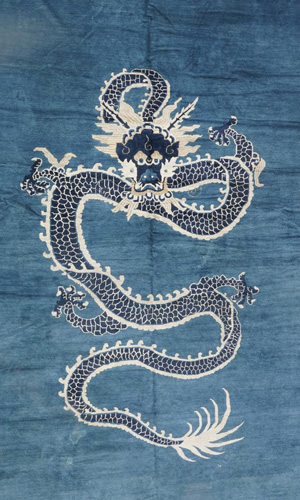
Also now available for sale online at iGavel is Rugs and Carpets from the Collection of Barry MacLean, which runs until October 22nd. The highly regarded MacLean Collection is based in Chicago and was assembled over the past half century. Among the many special items in this sale is this Qing-dynasty Peking Blue Ground 5-clawed Dragon Decorated Wool Carpet (detail above) from the Qing Dynasty (Estimate: $3,000-5,000).
Read more, click here.



